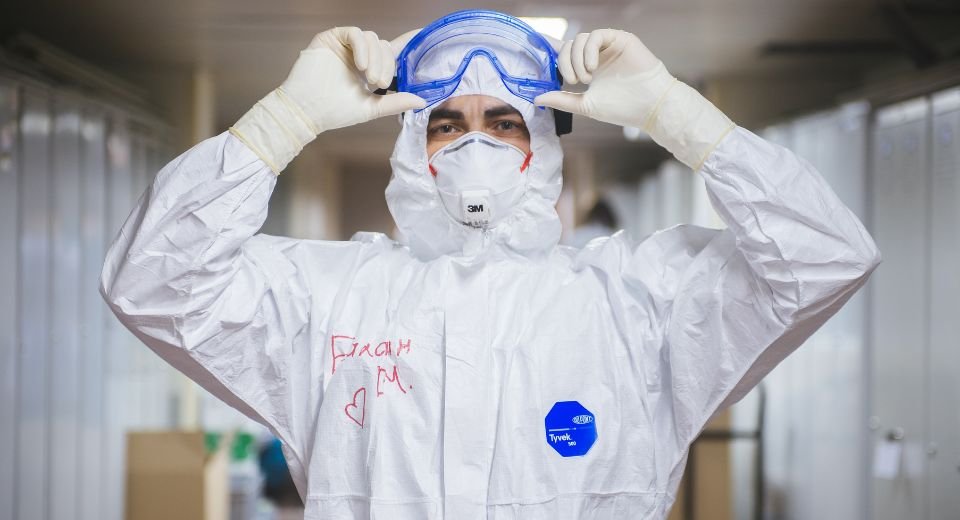HQ Team
April 8, 2023: India’s federal government has told state authorities to identify emergency COVID-19 hotspots and ramp up testing, vaccination, and hospital infrastructure as the virus spreads in the South Asian nation.
Health ministers of the states must review COVID-19 preparedness with district officials and conduct mock drills across all health facilities, according to a government statement.
During a virtual interaction with the state officials and chief ministers, the states must step up the genome sequencing of positive samples, said Dr Mansukh Mandaviya, Union Minister of Health and Family Welfare.
He said a “fivefold strategy” of testing, tracking, treating, vaccination, and adherence to COVID-19 appropriate behaviour” needs to be followed throughout the country.
Twenty-three of the 29 Indian states had average tests per million below the national average.
Increase testing
States and Union Territories were also urged to expeditiously increase the testing rate from 100 tests per million as of the week ending April 7, 2023. They were further advised to increase the share of RT-PCR in tests.
India has been witnessing a steady increase in COVID-19 cases, with average daily cases rising to 4,188 in the week ended April 7, 2023, from 571 in the week ended March 17, 2023.
WHO is closely tracking one variant of interest, XBB.1.5, and six other variants are under monitoring — BQ.1, BA.2.75, CH.1.1, XBB, XBF, and XBB.1.16.
“While Omicron and its sub-lineages continue to be the predominant variant, most of the assigned variants have little or no significant transmissibility, disease severity, or immune escape.,” according to government data.
The prevalence of XBB.1.16 increased from 21.6% in February to 35.8% in March 2023. However, no evidence of an increase in hospitalisation or mortality has been reported.
“Centre and states need to continue working in collaborative spirit as was done during the previous surges for COVID-19 prevention and management,” Mr Mandaviya said.
Low precautionary doses
India has achieved over 90% coverage of primary vaccination, but the coverage of preventive doses is very low.
Eight states reported a high number of COVID-19 cases in India, such as Maharashtra and Delhi, and the incidence was more in five districts in Karnataka, Kerala, Maharashtra, Delhi, Himachal Pradesh, Tamil Nadu, and Haryana.
Globally, nearly 3.6 million new cases and over 25 000 deaths were reported in the last 28 days — February 26 to March 26, 2023 — a decline of 27% and 39%, respectively, compared to the previous 28 days.
Despite this overall downward trend, it is important to note that several countries have recently reported significant increases in cases. As of March 26 2023, over 761 million confirmed cases and over 6.8 million deaths have been reported globally, according to a WHO statement.
In India, from January 3, 2020 to April 6, 2023, there have been 44,729,284 confirmed cases of COVID-19, with 530,901 deaths reported, according to the WHO.
Global accord
In a separate statement, the World Health Organization stated that its members have mapped out how talks on a global accord on pandemic prevention, preparedness, and response will move forward to present a draft accord for approval by the World Health Assembly in May 2024.
At the fifth Intergovernmental Negotiating Body of the WHO, the countries agreed to keep a window open for additional written proposals until April 22.
Those proposals will be compiled with all others made over recent weeks into a package that will be made available to all drafting groups.
The body will then, by May 22, draft a Bureau’s Text, including feasible options based on all submissions received and included in the compilation document for a meeting slated in June.








